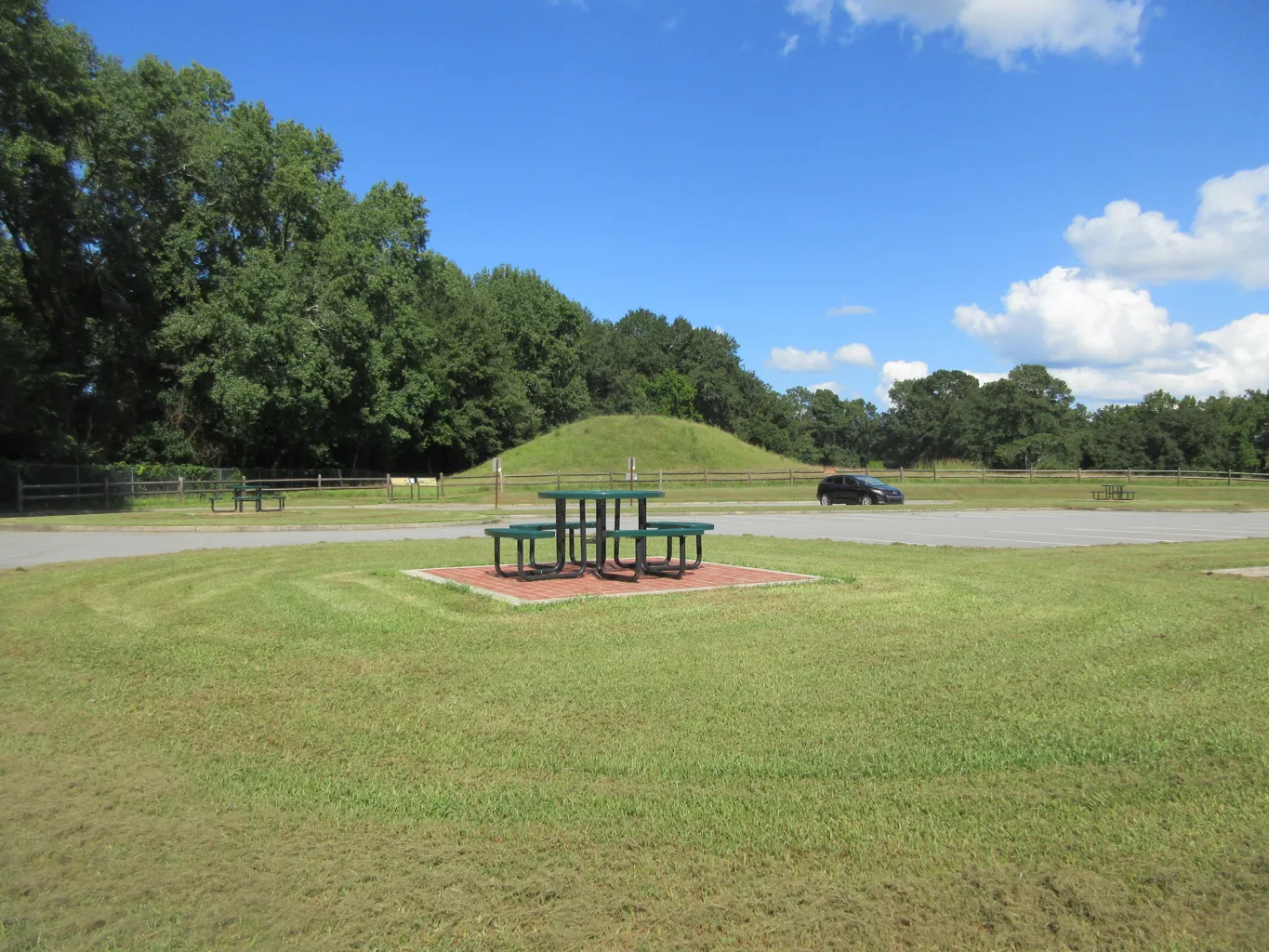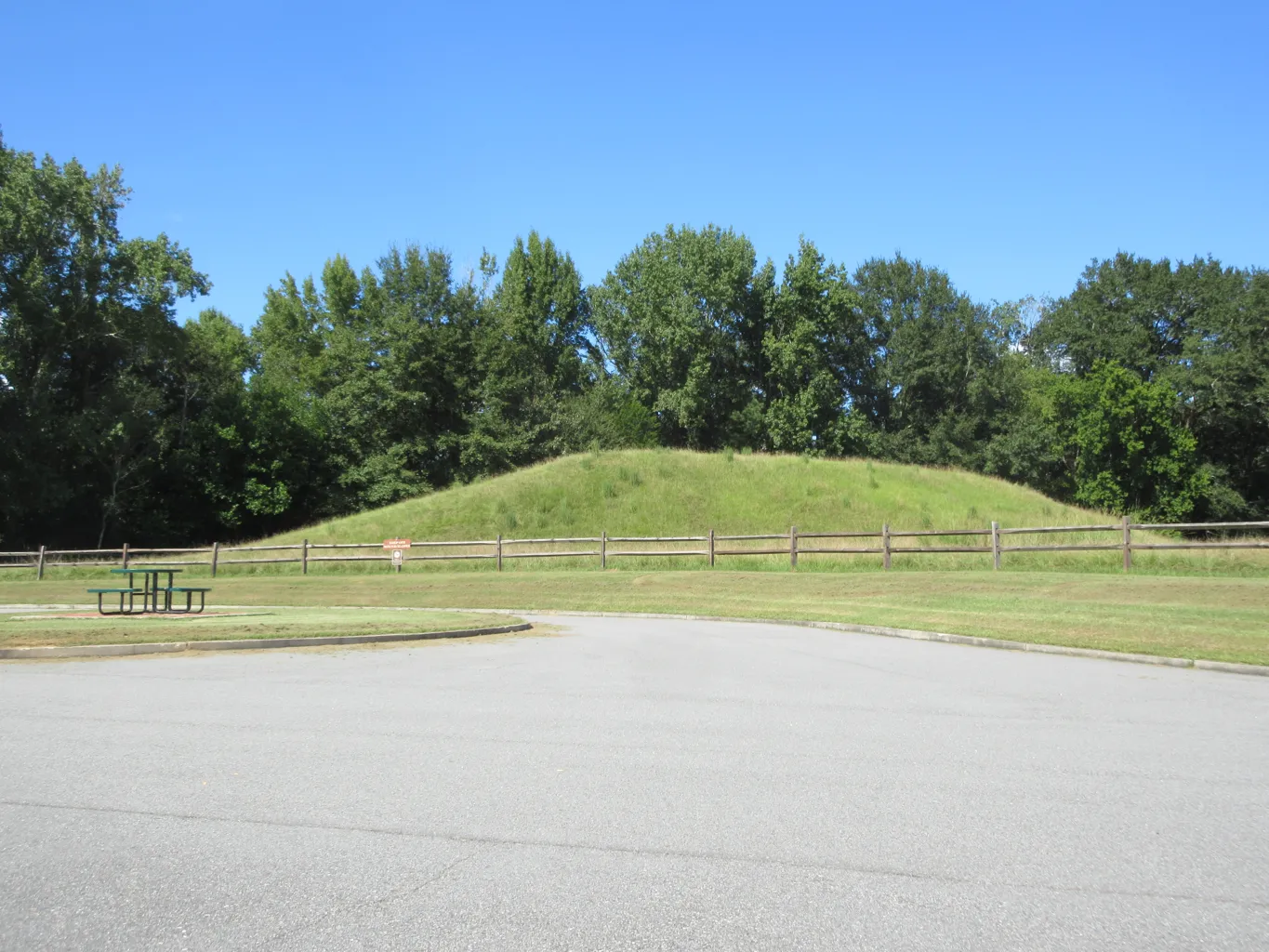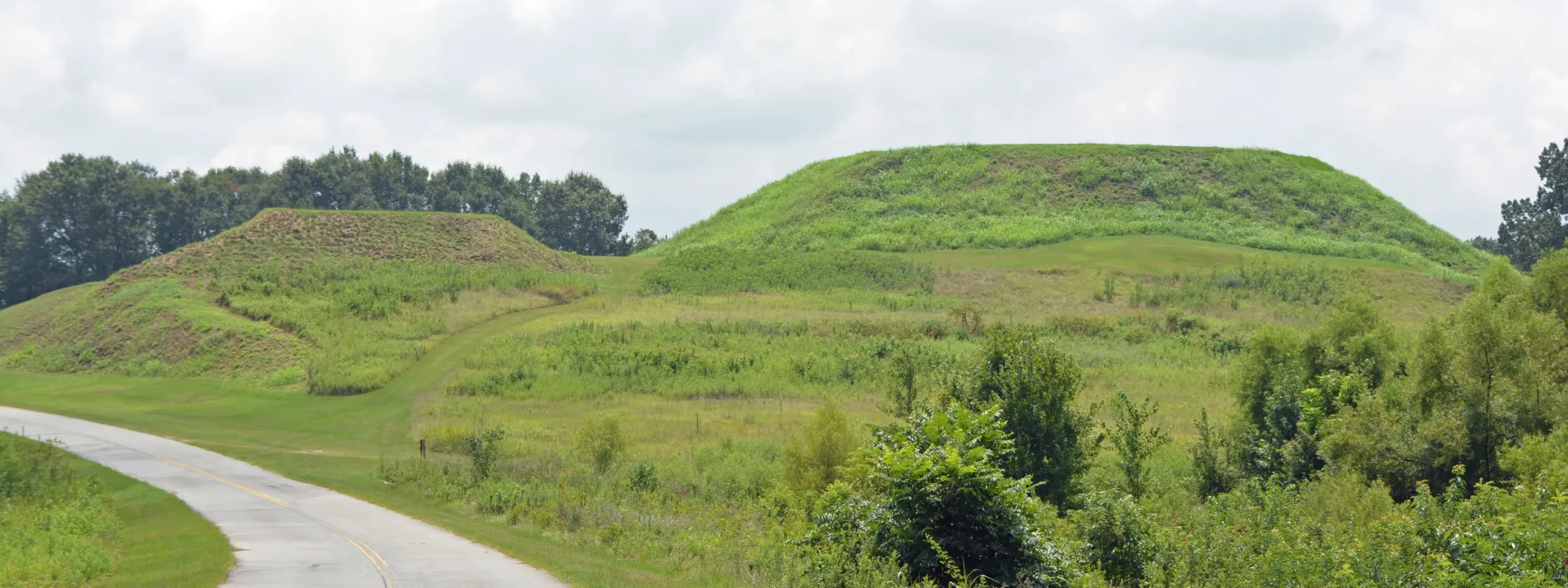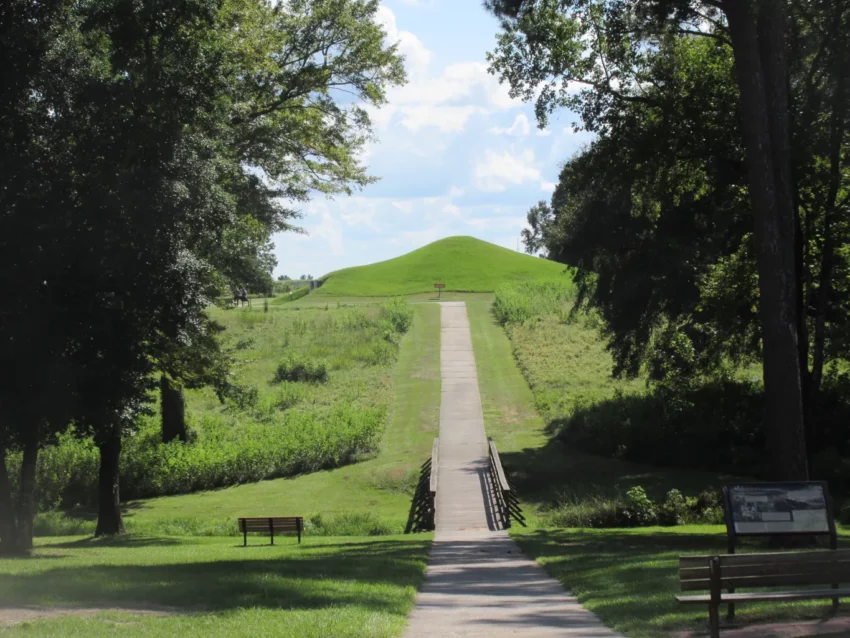Ocmulgee Mounds National Historical Park Overview
Ocmulgee Mounds National Historical Park, located in Macon, Georgia, USA, spans 3,336 acres. It was established on December 23, 1936. The park preserves over ten millennia of Southeastern Woodlands Native American culture. Notably, it features major earthworks built before 1000 AD by the South Appalachian Mississippian culture. These structures include the Great Temple and other ceremonial mounds, a burial mound, and defensive trenches.
Get your dose of History via Email

Historical Significance and Discoveries
The site showcases evidence of “12,000 years of continuous human habitation.” The Macon Plateau, where the park is located, served as a critical meeting point where the Piedmont hills meet the Atlantic coastal plain. The area was federally protected by the National Park Service in 1934 and listed on the National Register of Historic Places in 1966.
Cultural and Archaeological Insights
The primary occupation of the site was around 950-1150 AD during the Early Mississippian-culture phase. The inhabitants, known as the Macon Plateau culture, were part of the broader South Appalachian Mississippian culture. They constructed massive earthworks that reflected their religious and political systems. The Great Temple Mound, standing at 55 feet high, is particularly notable for its unique spiraling staircase facing the floodplain.

Lamar Period and European Contact
Following the decline of the Mississippian culture around 1350 AD, the Lamar culture emerged. This period lasted until around 1600 AD and is known for its unique pottery and village structures protected by a defensive palisade. The first European contact occurred in 1540 during Hernando de Soto’s expedition, which dramatically impacted the indigenous populations through disease and conflict.
Muscogee and Colonial Interactions
By the late 18th century, the Muscogee confederacy had become the dominant Native American group in the region. They viewed the ancient mounds as sacred sites. European colonists, including Scottish traders, established trading posts near the mounds, which led to complex interactions involving trade, cultural exchange, and conflict.

Preservation and Park Facilities
The park was initially designated as a national monument in 1936 and was redesignated as a national historical park in 2019. It features a visitor center with an archaeology museum that displays artifacts and interprets the history of the site. The park includes over 5.5 miles of walking trails and a reconstructed ceremonial earth lodge based on archaeological findings.
Future Developments and Conservation
In 2022, a Special Resource Study was conducted to explore the potential expansion of the park. Although the expansion was deemed unfeasible at the time, the study recognized the national significance of the area. Efforts continue to protect and interpret this historically rich site in partnership with the Muscogee Nation and other stakeholders.
Sources


